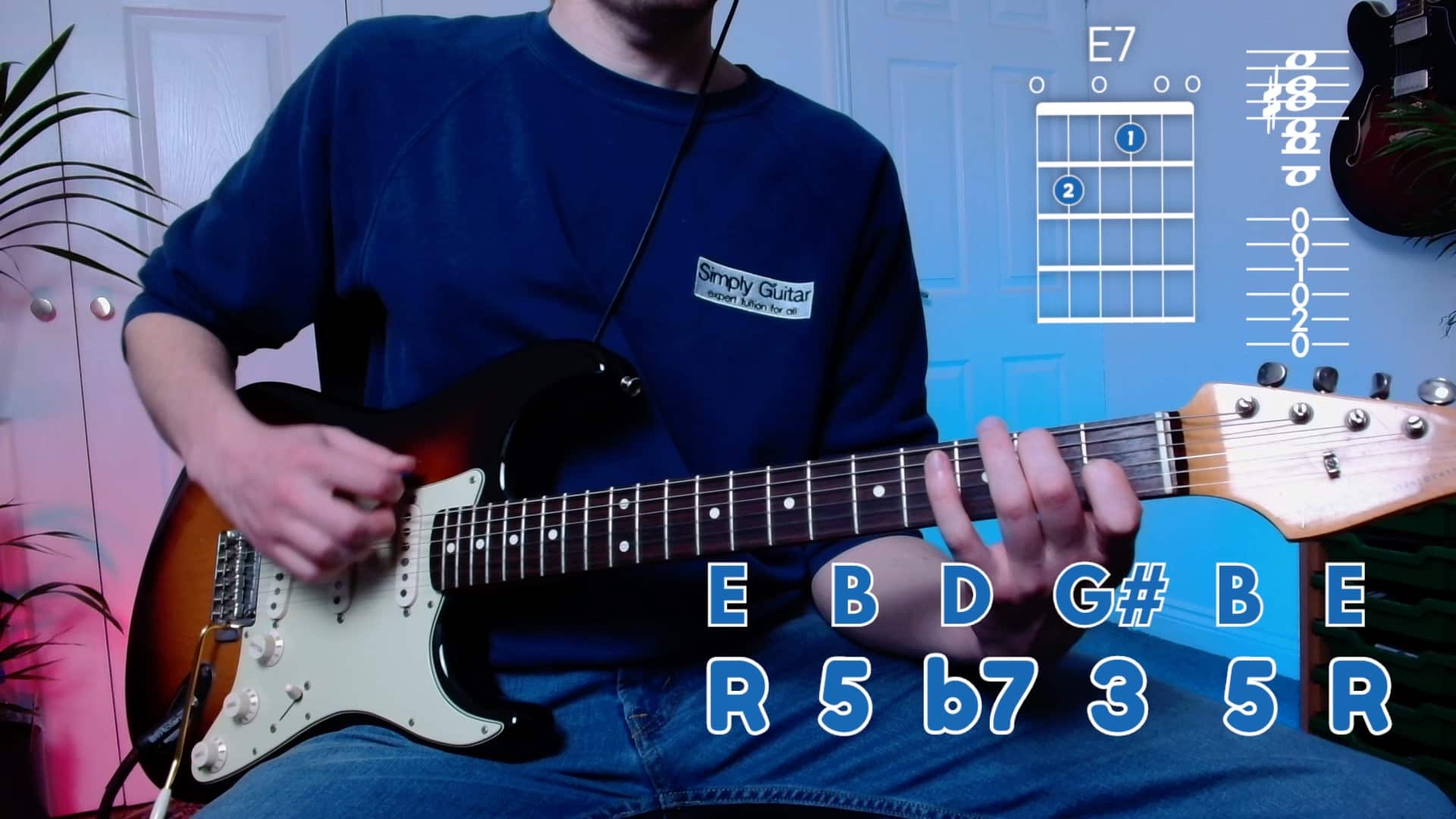

 _
×
_
×

Step 1: Click the Start button to begin the metronome.
Step 2: Adjust the BPM (tempo) by moving the slider or clicking the arrow buttons.
Step 3: Choose your preferred time signature from the drop-down menu.
Step 4: Toggle beat accents by checking the boxes below Accents.
Step 5: Use the Tap Tempo button to tap your rhythm and set the BPM automatically.
Step 6: Click Stop to end the metronome.
Bonus: Drag the modal window by its header to reposition it on your screen (desktop/tablet only).
Enjoy your practice session and keep the rhythm flowing!


Step 1: If prompted, allow microphone access so the tuner can detect your guitar’s sound.
Step 2: Choose your desired tuning from the drop-down list.
Step 3: For beginners, select Simplified mode and tap a target string to tune to that note.
Step 4: In Chromatic mode, pluck a string and see the detected note and tuning feedback.
Step 5: Use the needle and text indicator (Tune Up, Tune Down, or Perfect!) to adjust your guitar.
Bonus: Drag the tuner window by its header to reposition it (desktop/tablet only).
Enjoy fine-tuning your sound and rock on!
This a great way to learn from your favourite players!
You are viewing E7
Go Back
Unlock this lesson and start your musical journey with Simply Guitar.
Already have an account? Log In
 _
×
_
×

Step 1: Click the Start button to begin the metronome.
Step 2: Adjust the BPM (tempo) by moving the slider or clicking the arrow buttons.
Step 3: Choose your preferred time signature from the drop-down menu.
Step 4: Toggle beat accents by checking the boxes below Accents.
Step 5: Use the Tap Tempo button to tap your rhythm and set the BPM automatically.
Step 6: Click Stop to end the metronome.
Bonus: Drag the modal window by its header to reposition it on your screen (desktop/tablet only).
Enjoy your practice session and keep the rhythm flowing!


Step 1: If prompted, allow microphone access so the tuner can detect your guitar’s sound.
Step 2: Choose your desired tuning from the drop-down list.
Step 3: For beginners, select Simplified mode and tap a target string to tune to that note.
Step 4: In Chromatic mode, pluck a string and see the detected note and tuning feedback.
Step 5: Use the needle and text indicator (Tune Up, Tune Down, or Perfect!) to adjust your guitar.
Bonus: Drag the tuner window by its header to reposition it (desktop/tablet only).
Enjoy fine-tuning your sound and rock on!
This a great way to learn from your favourite players!
